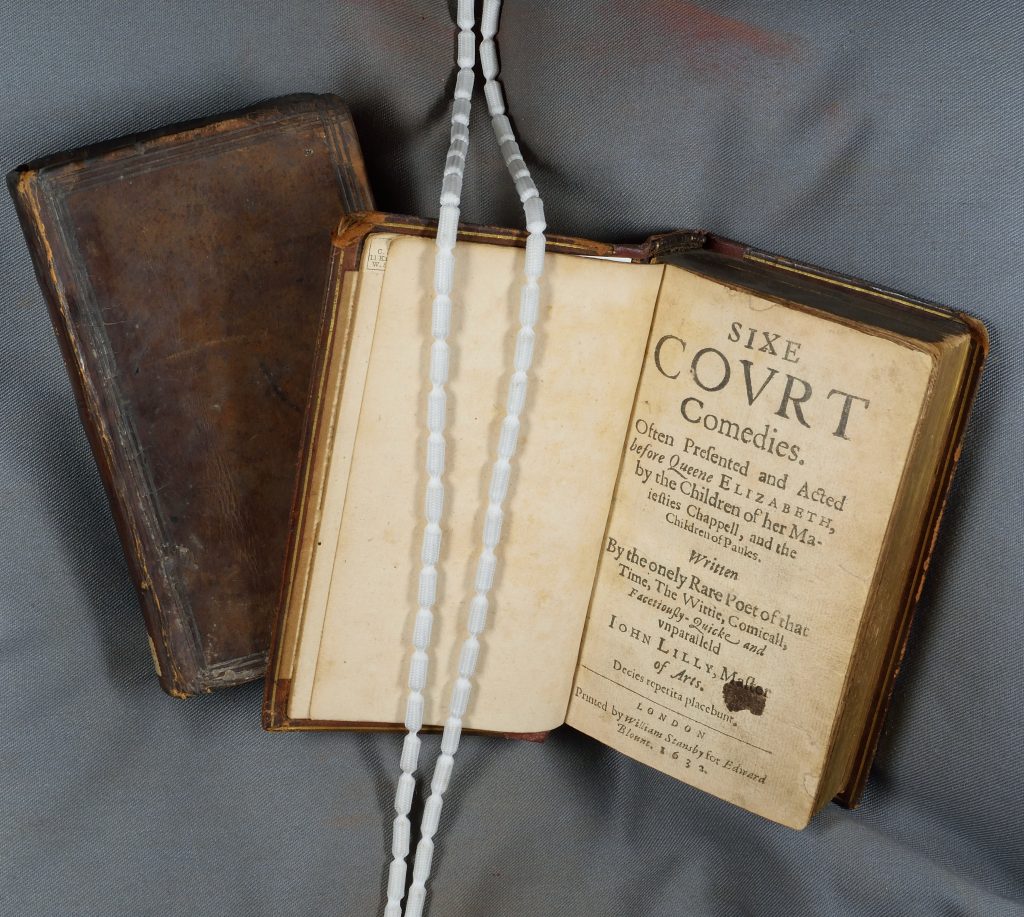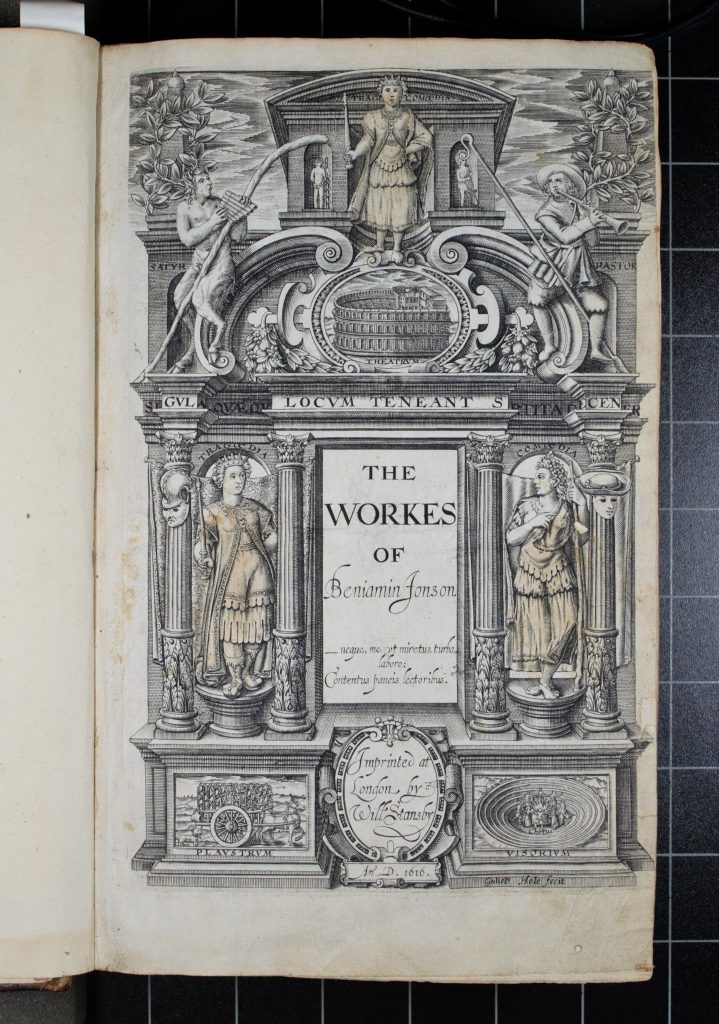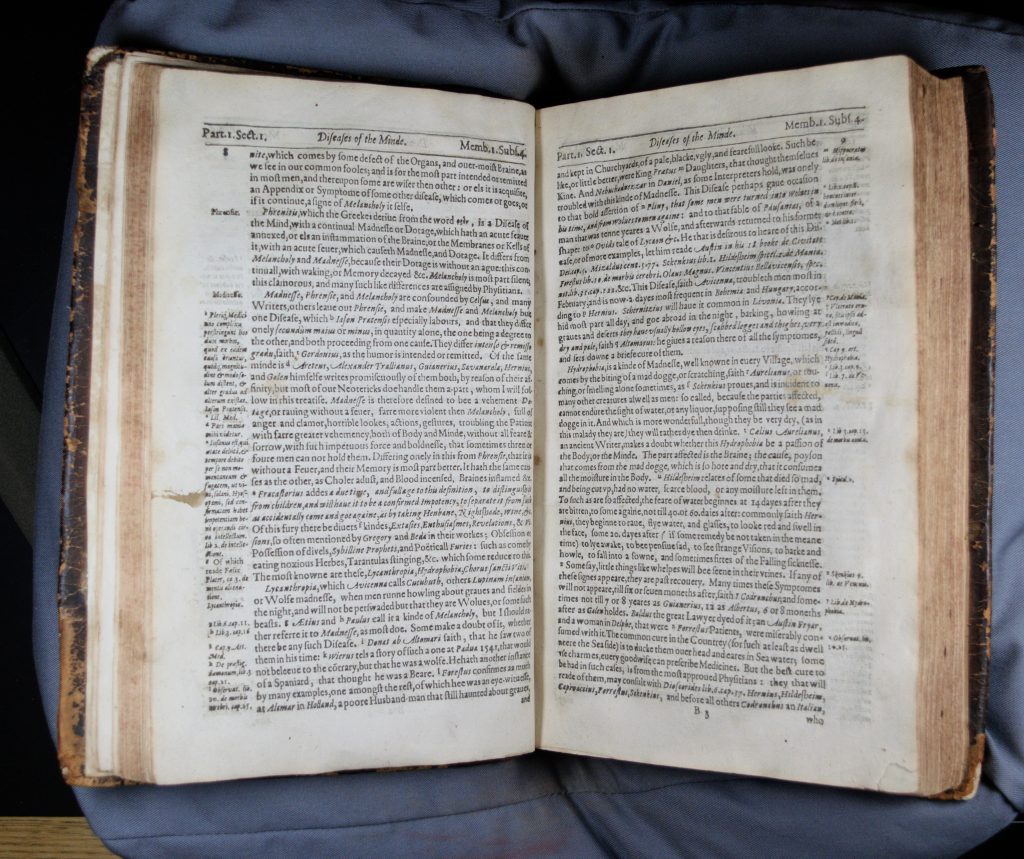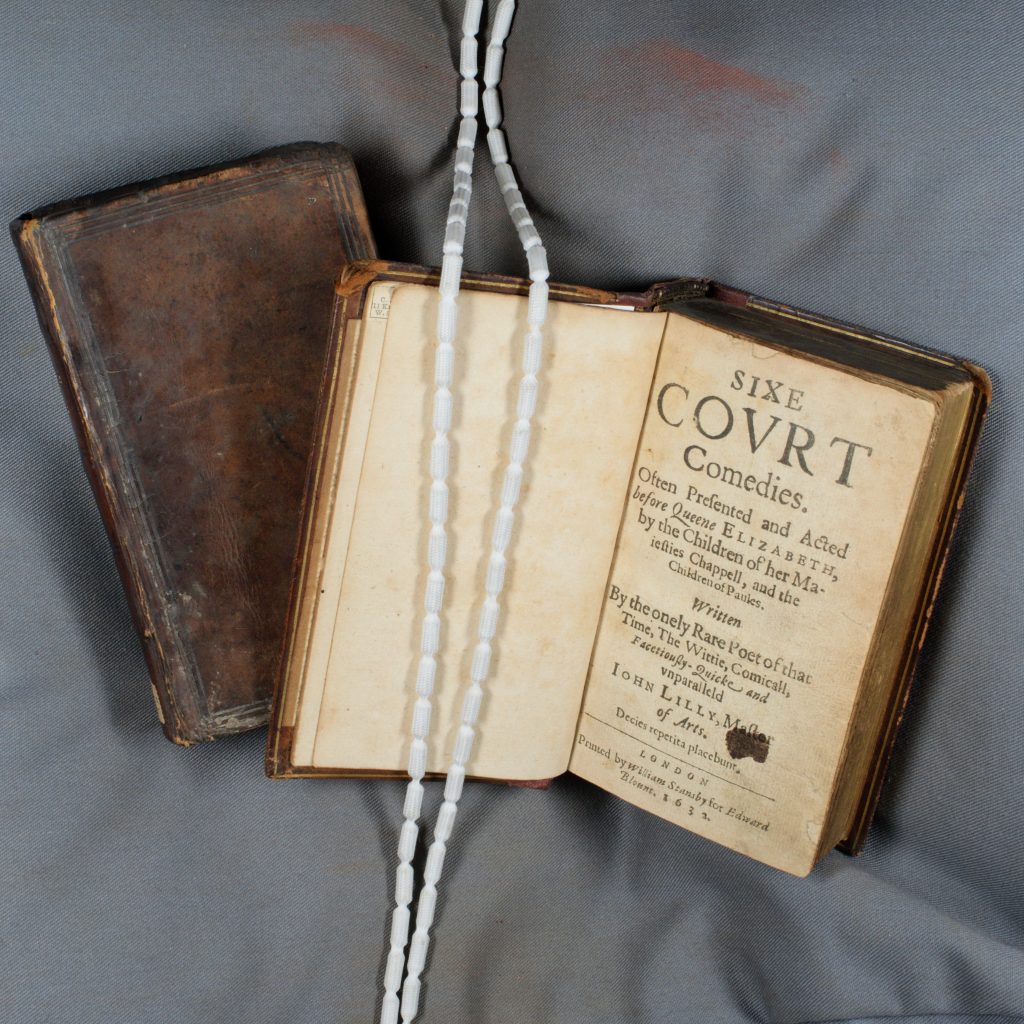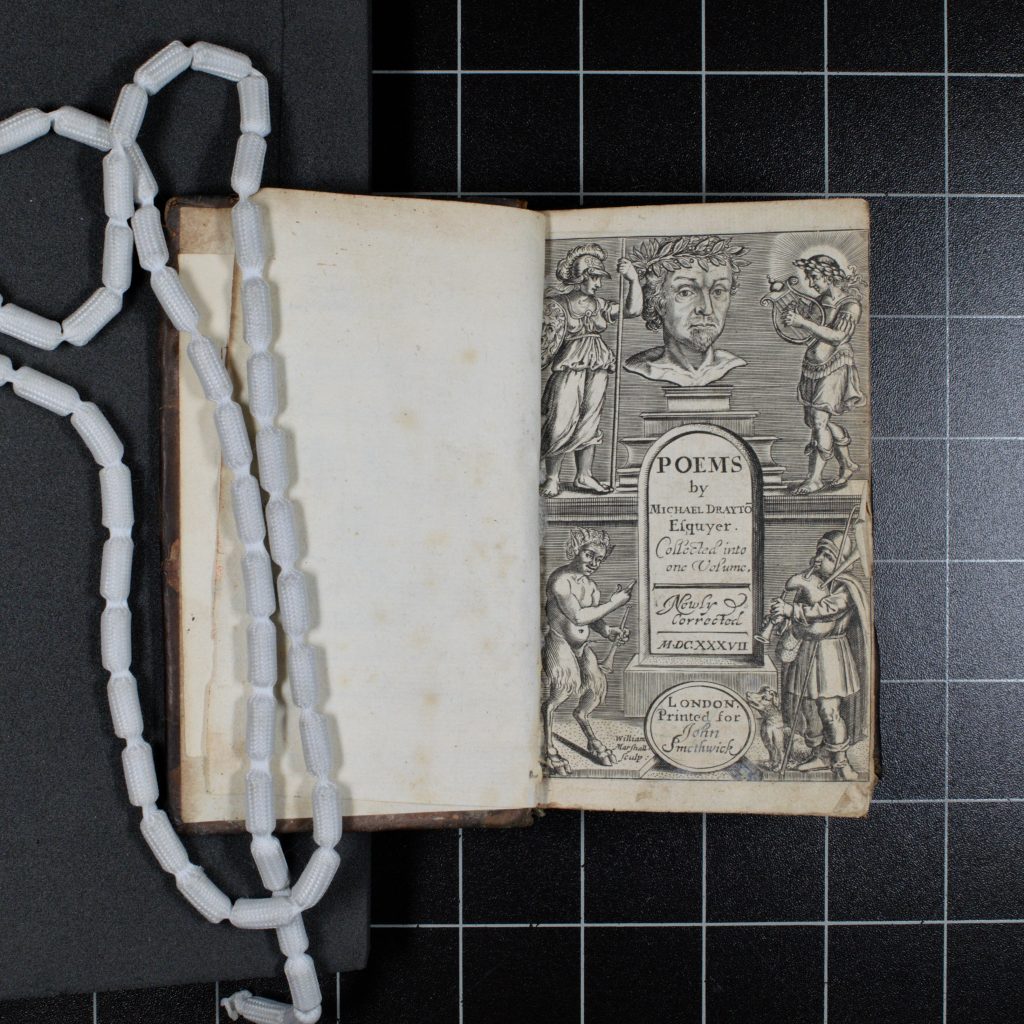In this student-curated exhibition, Renaissance English Literature students selected works from the College’s rare book collection on the theme of Shakespeare and his contemporaries to celebrate the 400th anniversary of the First Folio’s publication. They draw connections between physical bodies represented in the texts, the bodies of authors and actors, and collected bodies of work.
Ben Jonson’s The Alchemist is one of the only early modern plays which explicitly tackles the issue of plague, with characters in the play feigning infection and using self-isolation as an excuse to generate comedy. Works about infection and plague like Jonson’s The Alchemist evoke the interplay between physical movement within the printed text, and the printed text as a body which itself circulates between hands and readers, where affected traces act as positive infections which are bound in the history of the body. Jonson’s collected works serve as a reminder of Shakespeare’s contemporaries and their published history; significantly, Jonson was keen to have his collected works published within his lifetime, whilst Shakespeare’s Folio was unpublished until years after his death.
Robert Burton’s The Anatomy of Melancholy remains one of the most studied non-fiction or medical texts of the early modern period and reached a wide readership in its day. Burton himself is recorded to have said that the first three editions of his work ‘were suddenly gone, eagerly read’, and it is suspected that they were almost three times as popular as Shakespeare’s plays. This page shows information on lycanthropia, a condition Ferdinand is diagnosed with in The Duchess of Malfi when he declares that he is a wolf. The morphing or metamorphosis of bodies and their intermingling, just as texts are placed against one another in on library’s shelf, is a significant textual and metatextual theme in early modern literature.
John Lyly’s Endymion, the Man in the Moon is a play that was first performed at Greenwich Palace in 1588, and first published in a quarto in 1591. In treating dreams, Lyly, one of the most prominent playwrights of the early modern period, raises questions about how the body functions while it is dreaming, and the role the body plays within dreams themselves. In the text, Endymion is sent into endless sleep by his former lover Tellus after spurning her advances in favour of the ageless Queen Cynthia. The display of Endymion here is from Sixe Court Comedies, a 1632 book that collects six comedies written by Lyly performed in front of Queen Elizabeth. As well as dreams addressing bodies, the commonplace existence of such collected works, and particular groupings of texts, brings into play ideas of bodies of texts, and writers’ bodies reflected in their work.
Michael Drayton’s Collected works are included here though it is a body of poetry, rather than a collection of drama. Poly-Olbion particularly deals with the subject matter of conflation between the land and physical bodies – as the poem describes counties throughout England and Wales, illustrations depict locations anthropomorphically. The interaction between land-mass and physicality is similarly significant in works like Phineas Fletcher’s The Purple Island. The collection of writers, illustrators, and editors who contributed to the creation of this book also represents a collection of physical bodies creating a body of work.
Curated by Harry Brook and Freddy Conway-Shaw
Explore more of our exhibitions
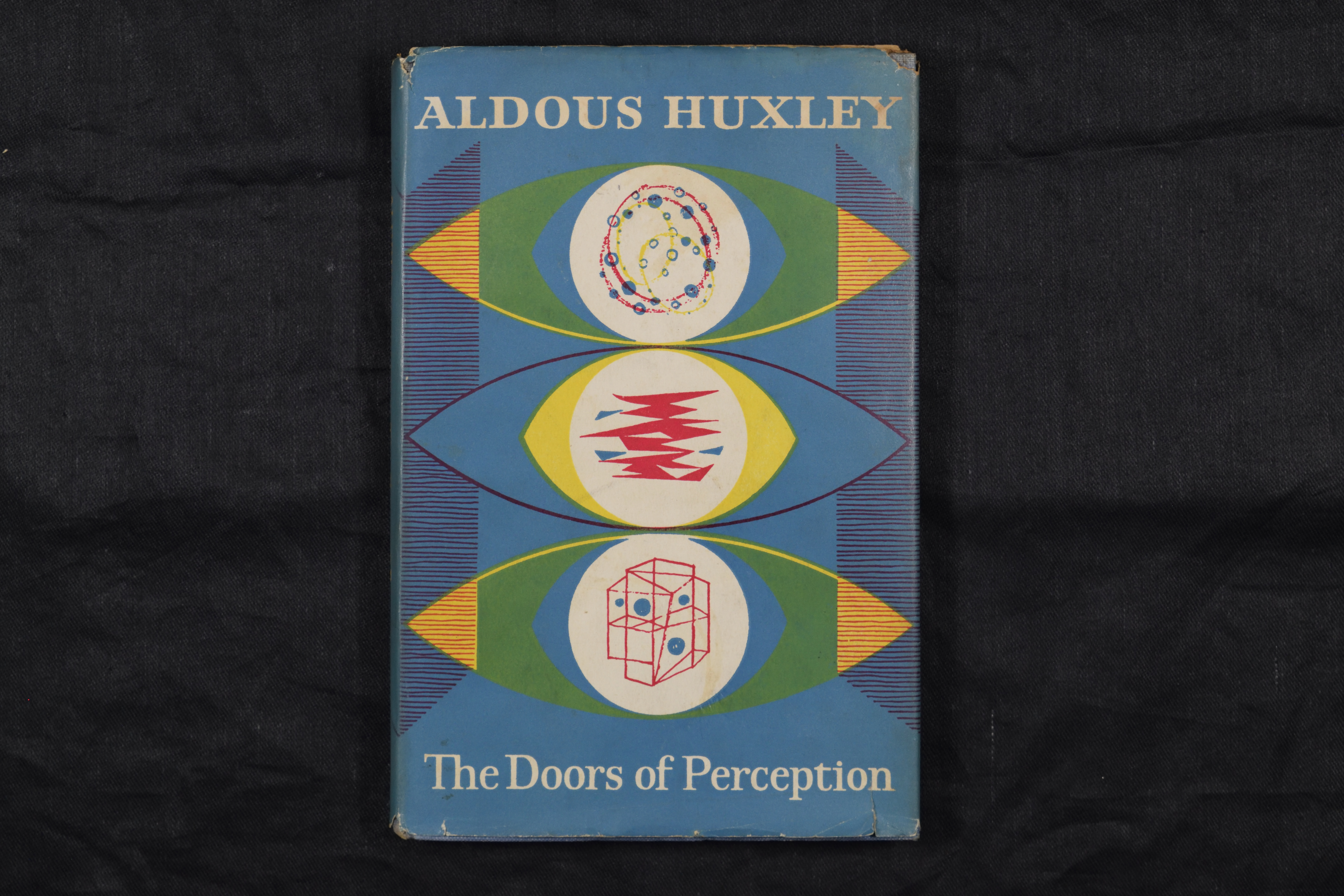
Perception: an exhibition
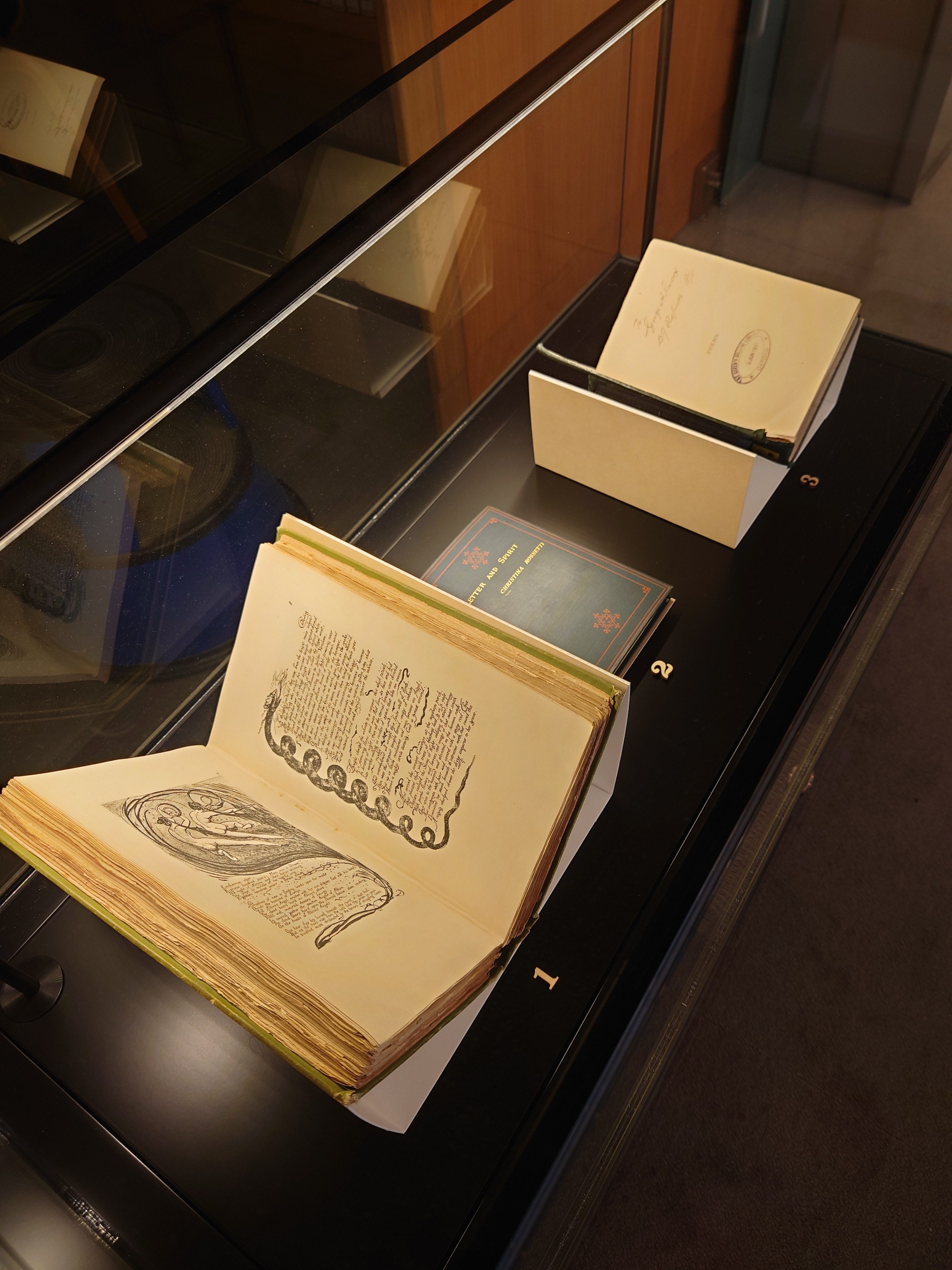
‘From the author’

Joseph Williamson and the establishment of the transatlantic slave trade
